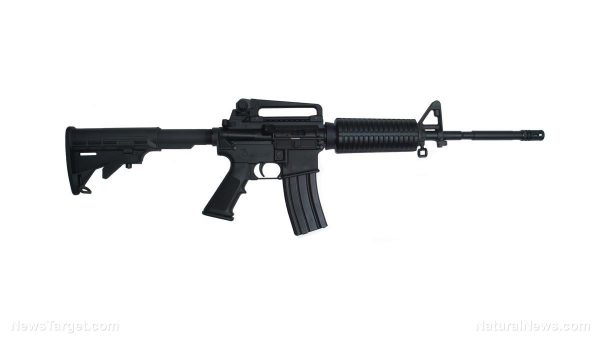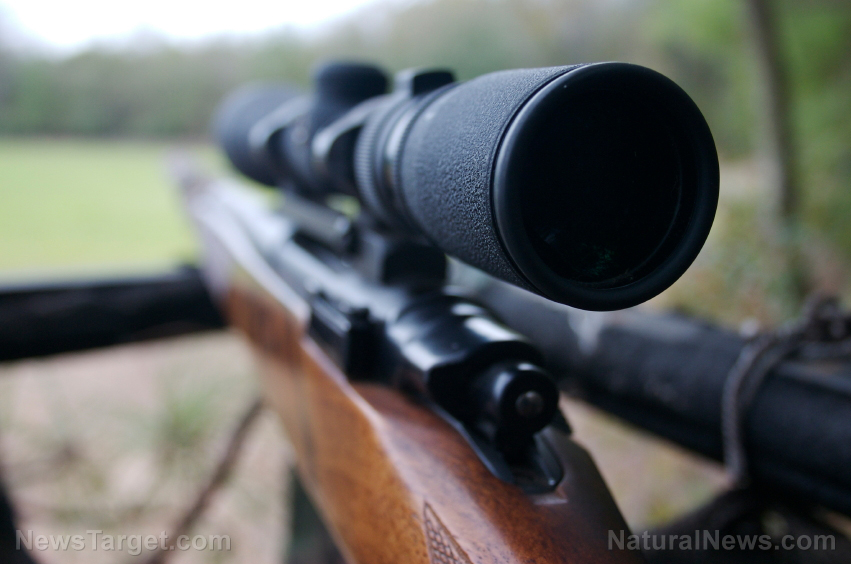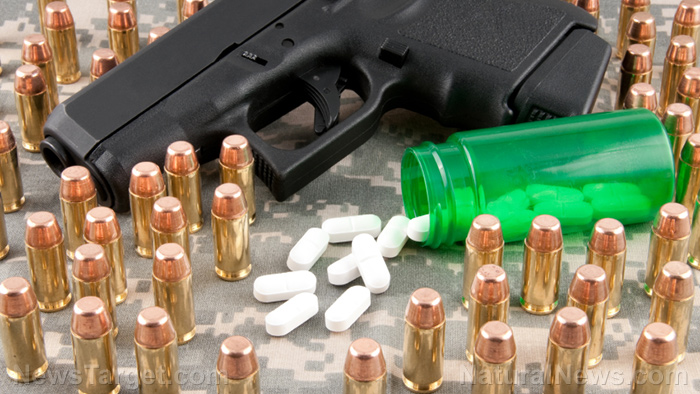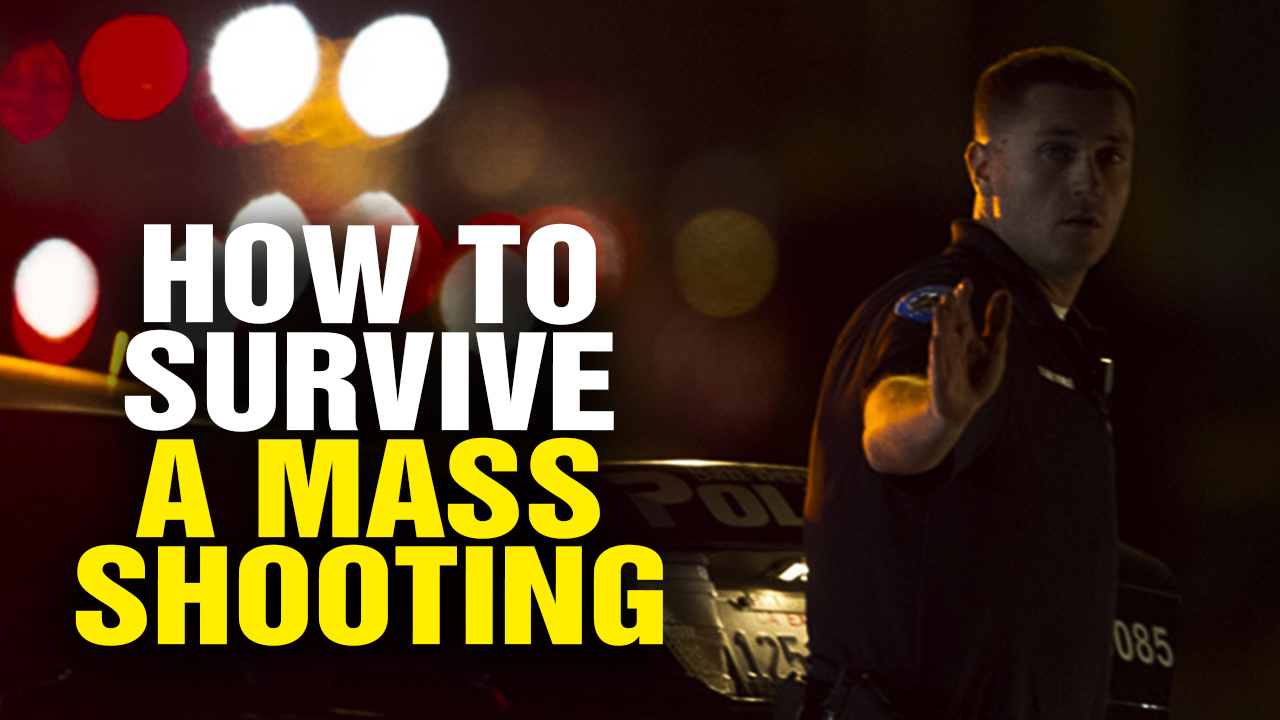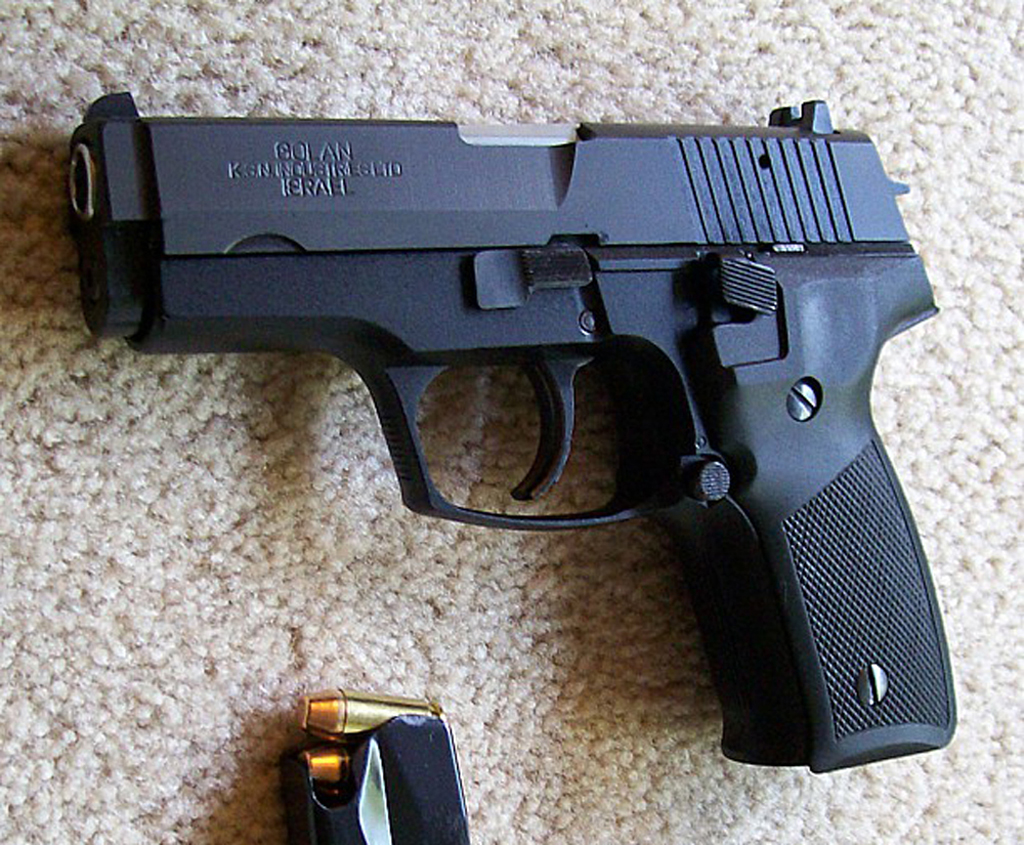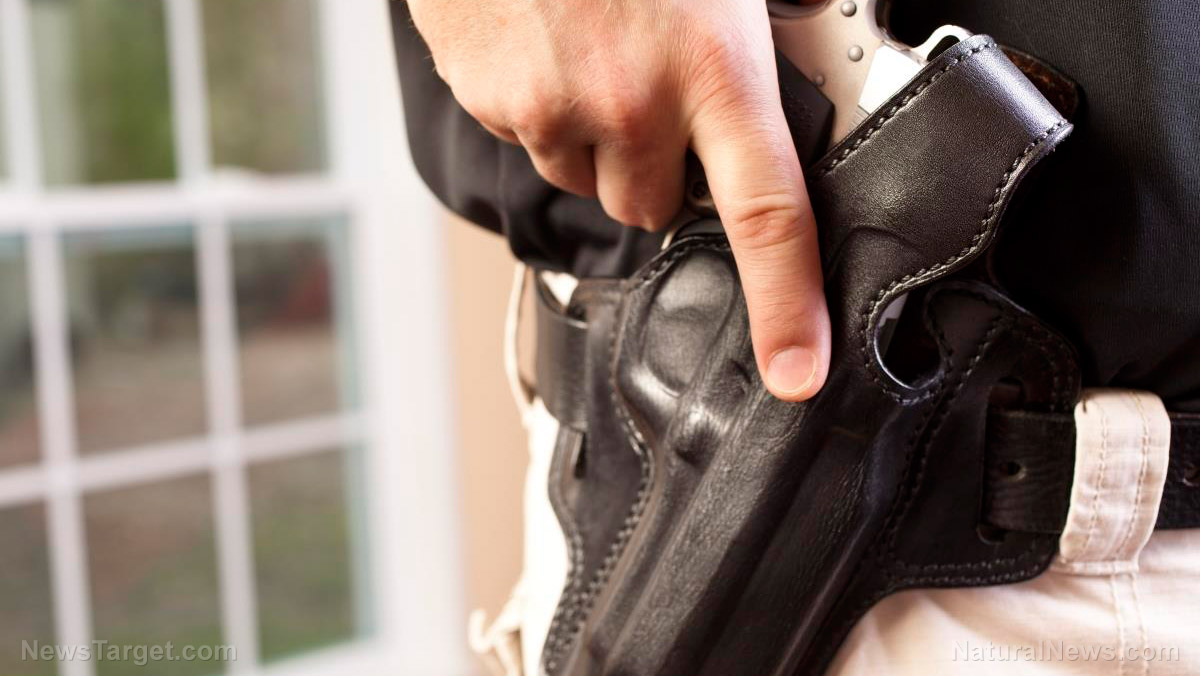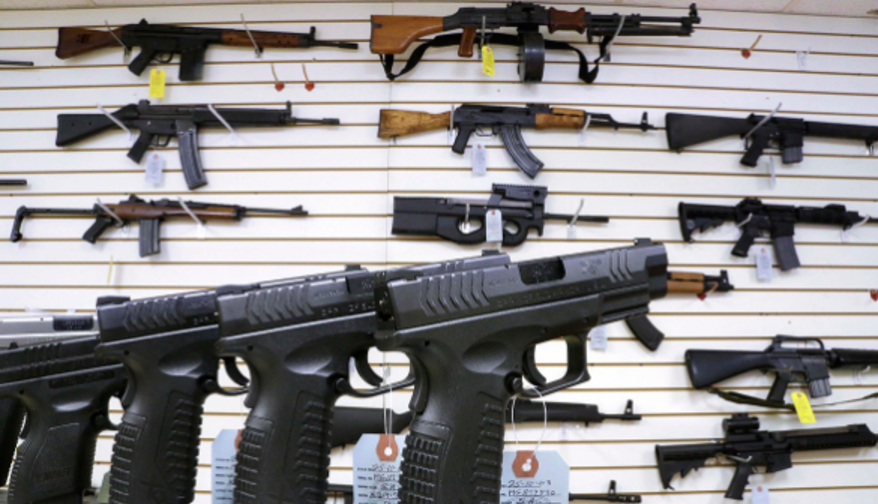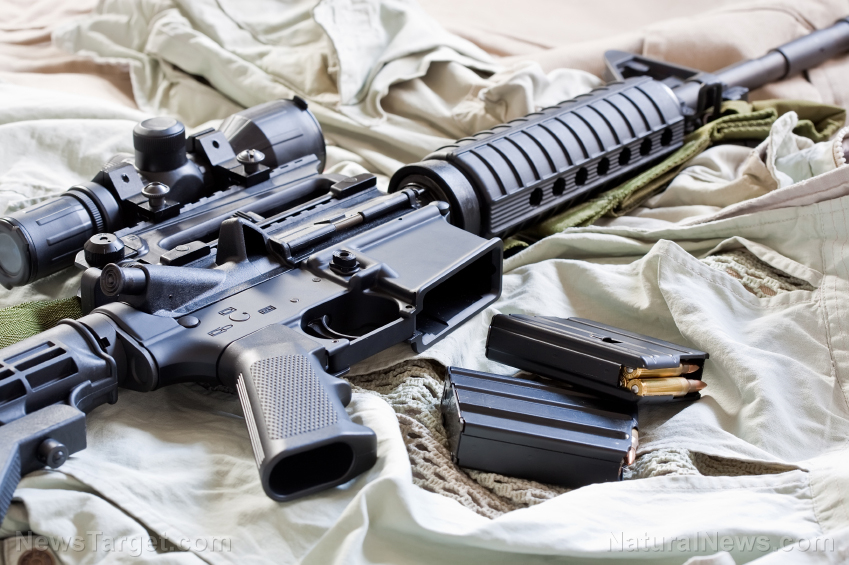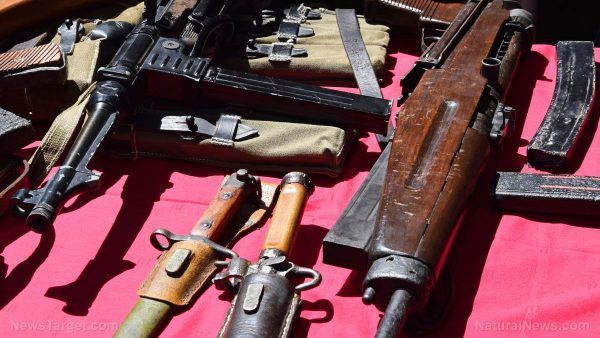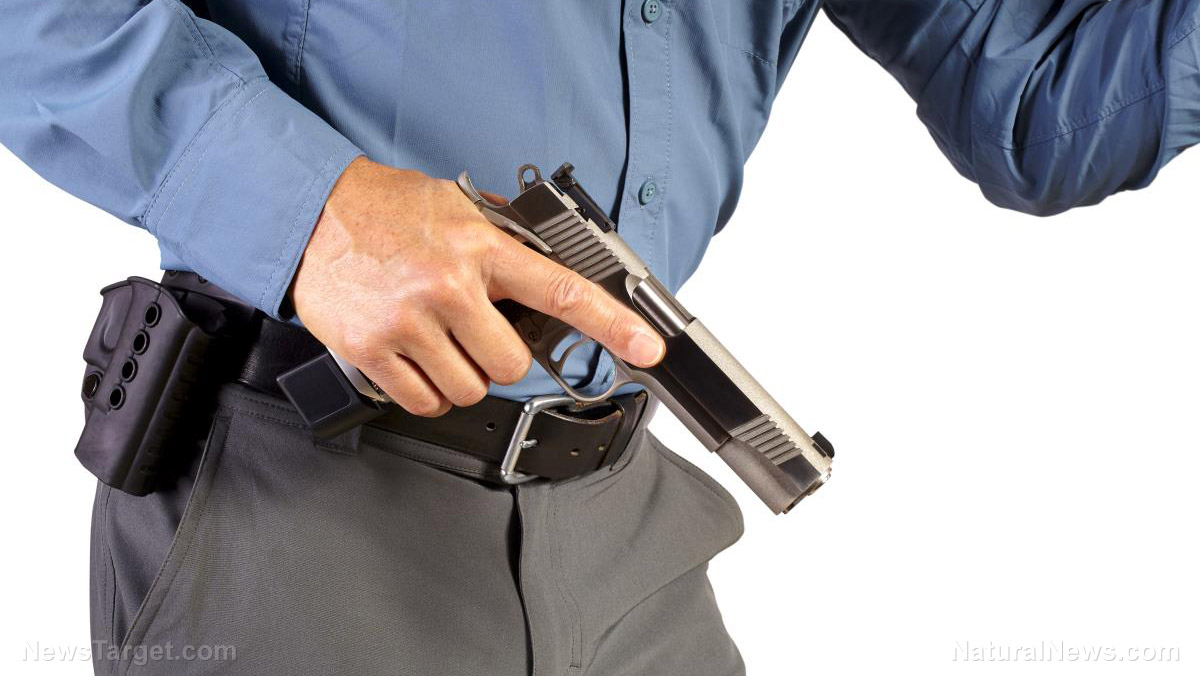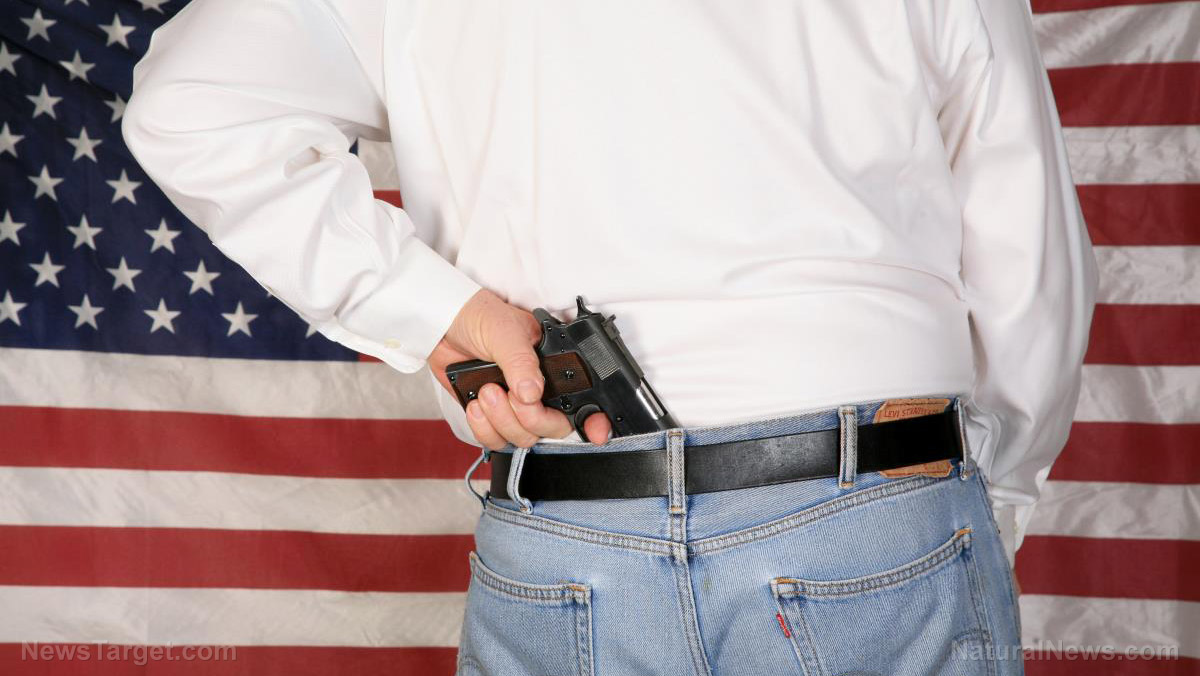06/05/2017 / By Earl Garcia
Over the years, the ammunition industry has developed some of the most sophisticated firearms that have provided great advantages for both the armed forces and gun enthusiasts. The advent of gun mufflers, more commonly known as suppressors or silencers, has led to an increased interest in subsonic ammunition.
Since its development, subsonic ammunition has become the talk of the town among shooters and hunters due to its less noisy output. The ammunition is specifically designed to work with a gun muffler. However, the ammunition can be used in a handgun or rifle by itself. However, gun experts noted that the subsonic ammunition’s performance is not at par with regular ammunition.
According to experts, subsonic ammunition contained a smaller powder charge inside the gun case compared with regular cartridges of the same caliber. Experts also noted that subsonic ammunition is generally heavier compared with traditional gun loads. Experts noted that reduced size and power leads to a significant decline in velocity and less gas to drive the bullet down the barrel, through the air and into the target. Having said so, the heavier subsonic ammunition may not perform as good as traditional ammo. In fact, experts noted that none of the current subsonic ammo models are powerful enough to take down big game located beyond a slingshot’s range. However, the extra silent ammunition is still widely regarded by hunting and shooting enthusiasts.
Pros and cons of using subsonic ammunition
Perhaps the greatest benefit of using subsonic ammunition is the significant reduction in gun noise. According to the experts, the speed of sound is roughly 1127 feet per second at sea level. When a fast-moving object such as a bullet breaks the sound barrier, an audible sound comparable to a crack of a bullwhip can be heard. Experts said a bullet leaving the barrel and the gas explosion that trails behind it create the loud noise that firearms produce. Using a subsonic ammunition eliminates the firearm’s downrange crack and noise at the muzzle. However, subsonic ammunition does not guarantee that the firearm will be noise-free. One way to mitigate the noise is to use subsonic ammunition with a gun muffler, which is legal in 39 states. According to the experts, a combination of gun mufflers and subsonic ammunition may greatly reduce firearm noise.
The subsonic ammunition’s smaller size is also heralded by experts. According to experts, subsonic ammunition works best for rimfires. The experts note that using this load effectively eliminates firearm noise while taking down smaller game. The experts also say that subsonic loads are more accurate that their noisier counterparts, as the former is found to exhibit 37 percent less wind deflection. Incorporating subsonic ammunition with a firearm muffler equips a shooter with a whisper-quiet firearm for small game hunting.
Experts note that one apparent setback of using subsonic ammunition has something to do with its mass. According to experts, the heavier and slower subsonic ammunition may contain less energy compared with its lighter and faster, albeit noisier, counterpart. For instance, an average 55-grain .223 Rem. bullet with a velocity of 3,250 feet per second produces 1,280 foot-pounds of energy at the muzzle. However, using a subsonic ammunition greatly reduces the velocity to 1100 fps and generates only 150 foot-pounds of force.
Another downside of using subsonic ammunition is that some load fail to automatically cycle the action. According to experts, some loads either consistently or occasionally fall short on this, depending on the firearm used. The experts also note that subsonic ammunition is also less accurate over long-distance shooting. This is mainly due to small gun powder doses, which in turn greatly affects ammunition flight.
Sources include:
OffTheGridNews.com
FieldAndStream.com


